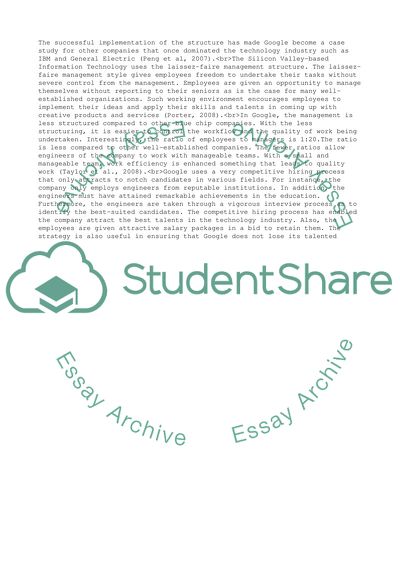Cite this document
(“Strategic management in action Essay Example | Topics and Well Written Essays - 3000 words”, n.d.)
Retrieved from https://studentshare.org/business/1690835-strategic-management-in-action
Retrieved from https://studentshare.org/business/1690835-strategic-management-in-action
(Strategic Management in Action Essay Example | Topics and Well Written Essays - 3000 Words)
https://studentshare.org/business/1690835-strategic-management-in-action.
https://studentshare.org/business/1690835-strategic-management-in-action.
“Strategic Management in Action Essay Example | Topics and Well Written Essays - 3000 Words”, n.d. https://studentshare.org/business/1690835-strategic-management-in-action.


